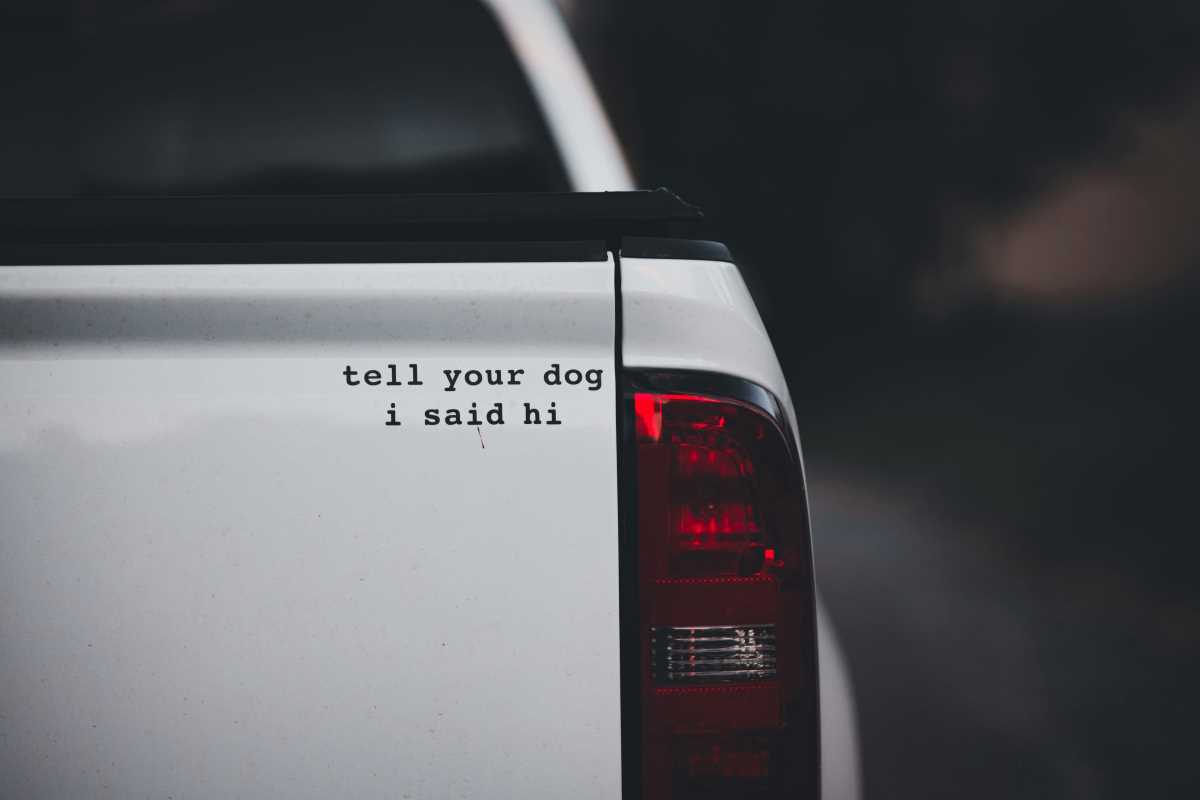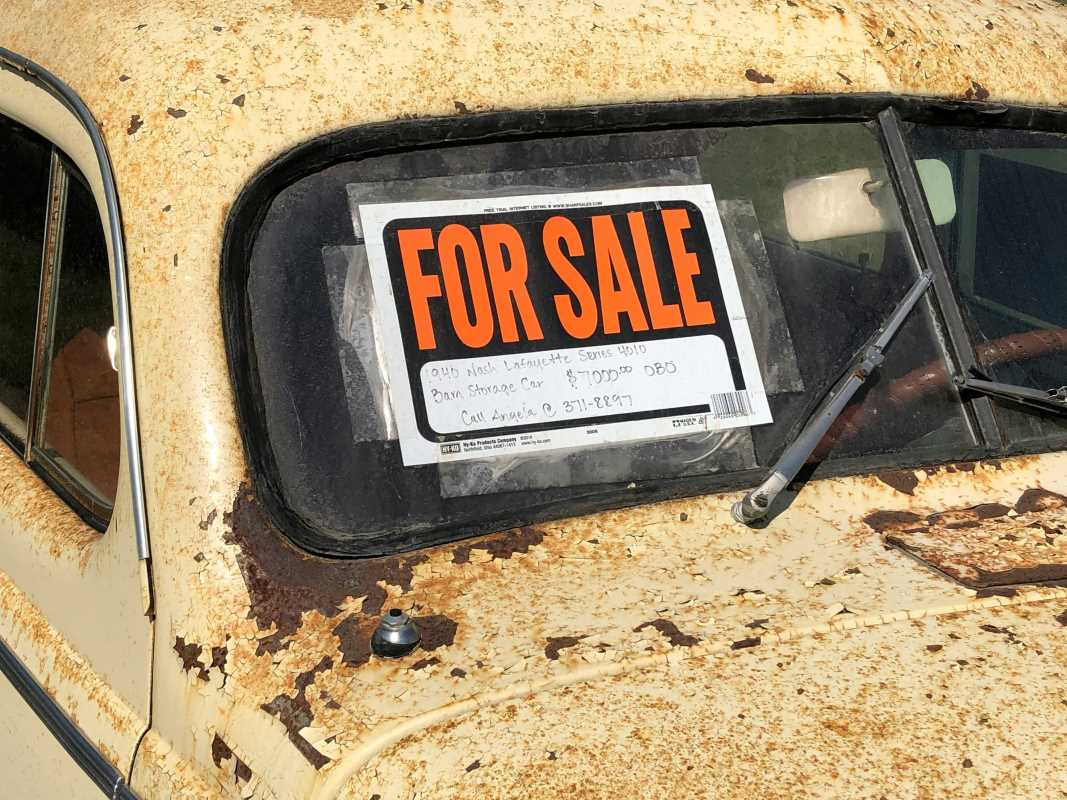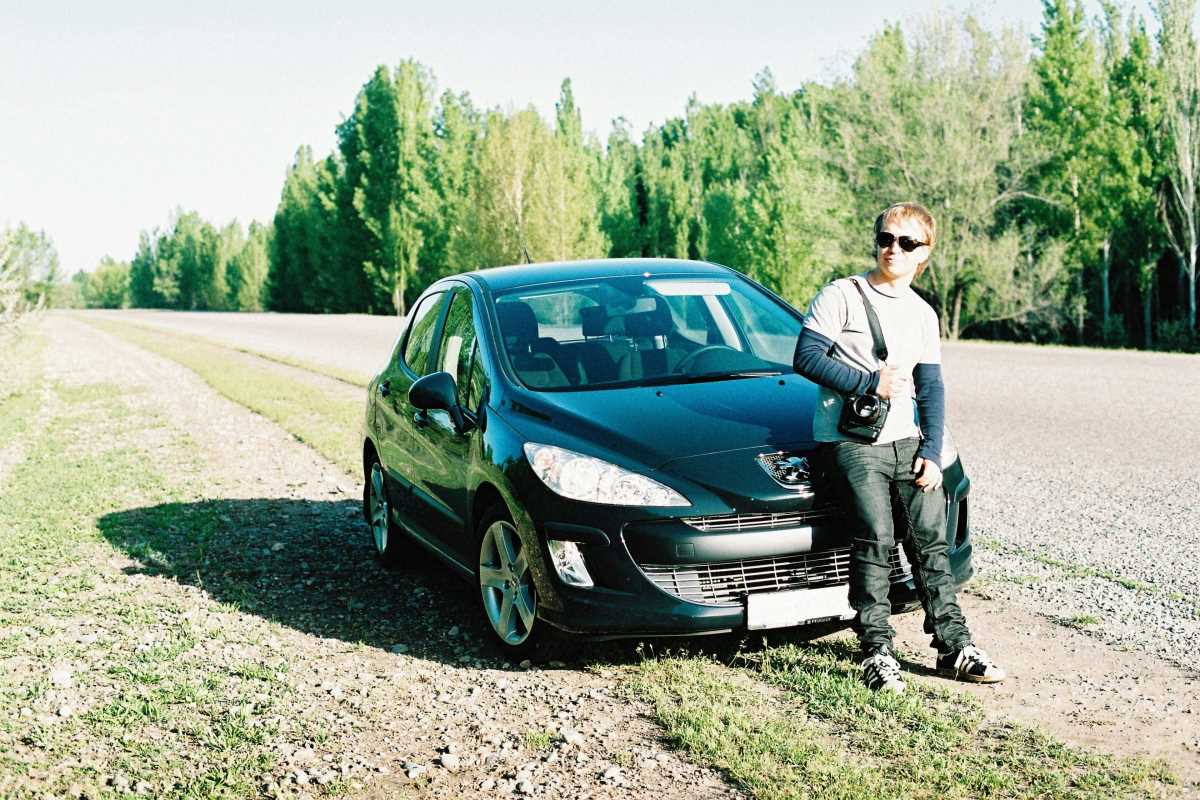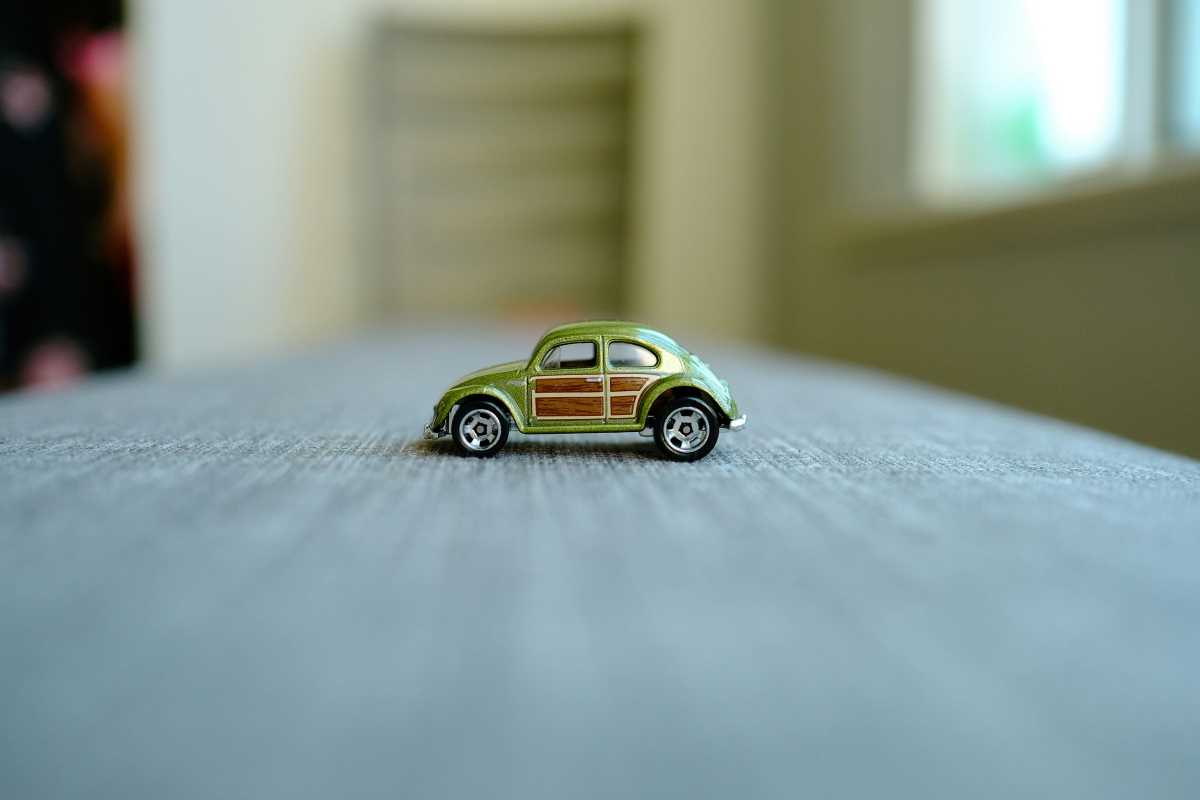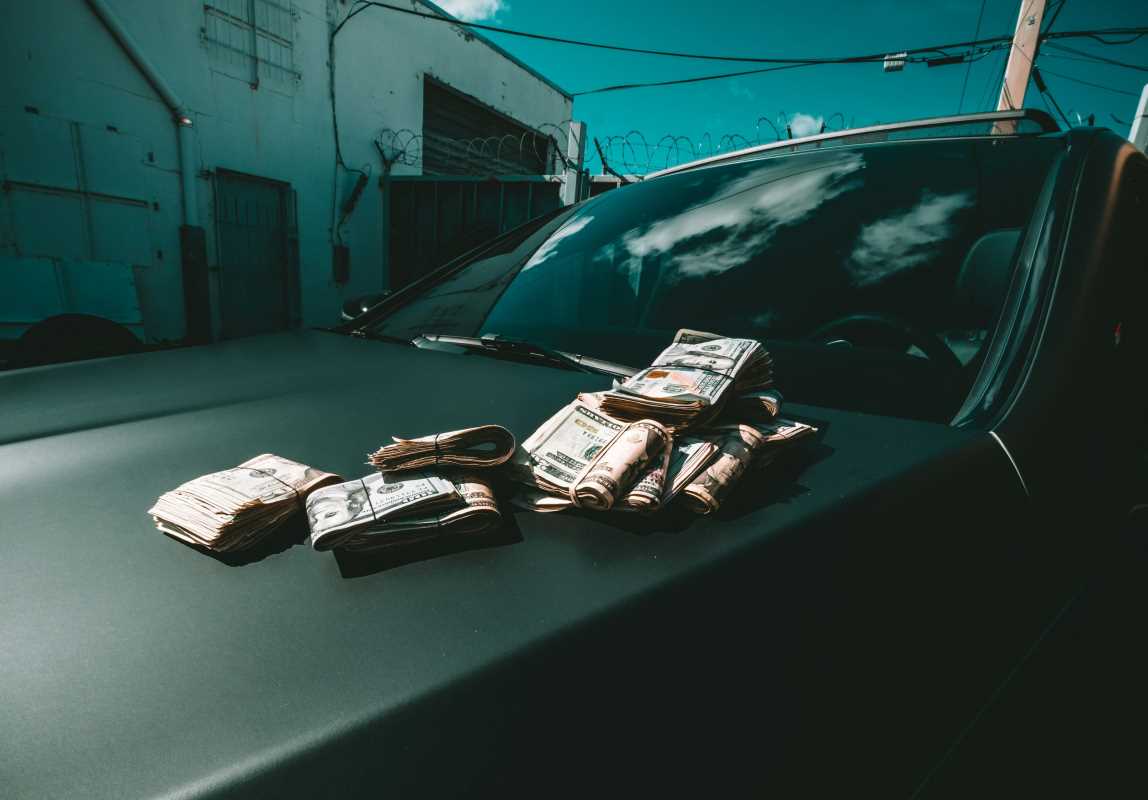Selling your car can feel like matchmaking, but instead of finding the perfect partner, you're looking for the perfect buyer. And what better way to seal the deal than by letting them take your beloved ride out for a spin?
Test drives are where connections happen, but they’re also moments that call for a healthy dose of caution. After all, you're trusting a stranger with your wheels, and you want to ensure both your car and personal safety stay intact. Here’s how to host test drives like a pro, without waking up in a cold sweat.
Start with a Thorough Pre-Screening
Think of pre-screening a potential buyer like vetting someone for a roommate situation. You wouldn’t just hand over keys to someone you know nothing about, right? By taking a few steps before the test drive, you can filter out unserious buyers and reduce risks.
Begin with a clear conversation. Ask questions to gauge their interest level and situation. Are they serious about making a purchase? Do they already know the car details, or are they just casually browsing? Set expectations upfront about what they’ll need, such as proof of a driver’s license.
It’s also smart to trust your instincts here. If someone seems cagey or their communication is off, don’t feel pressured to move forward. Remember, you have every right to say "no" to a test drive if something feels off.
Set a Neutral and Safe Meeting Spot
Avoid hosting test drives at your home unless you’re entirely comfortable with it. Meeting buyers in a neutral public location is often a safer bet. Busy grocery store parking lots, well-lit gas stations, or even local police station exchange zones work perfectly. Many police departments have spaces specifically designated for safe online transactions, making them an ideal choice.
Choosing a neutral spot not only keeps your home address private but also provides added security since it’s in public view. If possible, pick a location convenient for both you and the buyer. Bonus points if there are cameras around for an extra layer of safety.
Another pro tip? Share the meeting details with a friend or family member. Tell them the time, location, and who you’re meeting, even better if you can have someone tag along discreetly.
Verify Everything Before Handing Over the Keys
Before you hand over the keys and wave goodbye to your pride and joy (even temporarily), make sure you verify a few essentials. First and foremost, ask to see the buyer's valid driver’s license. This confirms they’re legally allowed to drive and gives you peace of mind.
Next, consider snapping a quick picture of their license. This isn’t about being paranoid; it’s about keeping a record just in case anything goes awry. Politely explain that it’s just for safety reasons, and most legitimate buyers won’t have an issue.
Some sellers go the extra mile by requiring proof of insurance, especially if the car’s test drive policy is unclear. While not a universal step, it’s worth considering for luxury or high-value vehicles.
Join the Test Drive
It’s tempting to simply toss the keys to your potential buyer and wait until they come back with glowing reviews. But it’s always a safer bet to join the test drive. Riding along ensures you retain control over the situation while also giving you an opportunity to answer questions or highlight key features of the car.
If you’re feeling particularly proactive, plan a specific route. A short loop that includes a mix of speeds (like a main road and a quieter street) can showcase how the car performs. Mention any quirks or unique buttons they should know about so they can get a full feel for the vehicle.
Joining the test drive also discourages joyriders or less-than-honest buyers. No one’s going to pull a vanishing act if you’re seated right next to them!
Protect Your Vehicle During the Process
While test drives are generally safe and straightforward, taking precautions can save you from potential headaches. Start by removing any personal belongings or valuables from the car. Even a stray phone charger or umbrella can be distracting or detract from the buyer's focus on the vehicle.
Make sure the car is ready for a smooth ride. Keep a copy of its registration and insurance handy, and ensure it’s in good working condition to avoid hiccups like dead batteries or low tire pressure mid-drive.
Consider limiting the amount of gas in the tank ahead of time. If for some reason the car were to be stolen, it won’t get very far on fumes. Not to mention, fuel adds weight to the price tag you’re effectively offering.
Here’s a quick run-down of things to check before a test drive:
- Remove your belongings. Think sunglasses, old receipts, or that half-finished water bottle in the console.
- Bring essentials like the car's documents and your phone.
- Inspect the car for basic safety. Make sure lights, brakes, and signals are in solid condition.
Now, take a deep breath and relax. You’ve covered the essentials.
Spotting Red Flags
While most buyers out there are genuinely looking for their next car, a few bad apples can occasionally appear. Trust your intuition when dealing with potential buyers. If someone seems uninterested in the car details or too eager to grab the keys, consider it a red flag.
Take note of behaviors that stand out. Are they rushing the test drive without asking questions? Do they want to take the car somewhere unattended? Polite but firm boundaries, like sticking to pre-set routes, can weed out those who may not have the best intentions.
If you encounter an overly insistent buyer, remind yourself that it’s okay to back out. You’re not obligated to offer a test drive if a situation feels uncomfortable. Your safety is worth far more than any potential deal.
Appeal to Their Inner Car Enthusiast
Remember, test drives aren’t solely about ticking off a box in the buying process. They’re also an emotional experience that helps buyers connect with the car. Use this chance to chat with buyers about why your car is special. Is it the smooth ride? Has the interior been meticulously maintained? Can it bring joy on long drives or handle well in tricky weather?
Paint a picture of ownership. Mention anything unique that sets the car apart, from its snazzy sound system to its recent tune-up. Buyers connect with narratives, and your enthusiasm can seal the mental deal before the actual transaction happens.
 (Image via
(Image via
